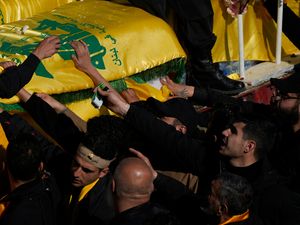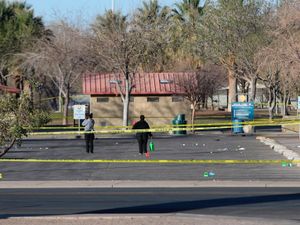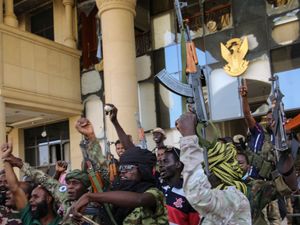No fatalities and 17 injured in Delta jet crash in Toronto, official says
It is too early to say what caused the plane to flip but weather may have played a factor.
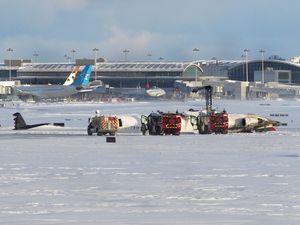
A Delta Airlines plane flipped upon arrival at Toronto’s Pearson Airport and ended up on its roof on Monday, injuring 17 people.
The airport confirmed on X that an “incident” occurred with the Delta flight from Minneapolis and that 76 passengers and four crew are accounted for.
The accident happened at about 2.15pm local time and flights at the airport, which handles more passengers than any other Canadian airport, were grounded for around two-and-a-half hours. Two runways will remain closed during the investigation.
“We are very grateful there was no loss of life and relatively minor injuries,” Deborah Flint, chief executive of Greater Toronto Airports Authority, told reporters.
Video from the scene shows the Mitsubishi CRJ-900LR upside down on the snowy tarmac as emergency workers hose it down. The plane was somewhat obscured by snow from a winter storm that hit Toronto over the weekend.
Ornge air ambulance said it was transporting one paediatric patient to Toronto’s SickKids hospital and two injured adults to other hospitals in the city.
“Emergency teams are responding,” the airport said in a post on the social platform X. “All passengers and crew are accounted for.”
Tower controllers were heard speaking with the crew of a medical helicopter that had just left Pearson and was returning to help with the crash. The plane came to a rest at the intersection of Runways 23 and 15L, the controller said. That is not far from the start of the runway.
“Just so you’re aware, there’s people outside walking around the aircraft there,” a tower controller said.
“Yeah, we’ve got it. The aircraft is upside down and burning,” the medical helicopter pilot responded.
Peter Carlson, a passenger travelling to Toronto for a paramedics conference, said the landing was “very forceful”.
“All of a sudden everything just kind of went sideways and then next thing I know it’s kind of a blink and I’m upside down still strapped in,” he told CBC News.
It is too early to say what caused the plane to flip but weather may have played a factor. According to the Meteorological Service of Canada, the airport was experiencing blowing snow and winds of 32mph (51kph) gusting to 40 mph (65kph). The temperature was about 16.5 degrees Fahrenheit (minus 8.6C).
The audio recording from the tower at Toronto Pearson International Airport shows the flight was cleared to land at about 2.10pm local time.
The tower warns the pilots of a possible air flow bump in the glide path as the plane comes into land because of a preceding aircraft in front of it.
“It’s very rare to see something like this,” said John Cox, chief executive of aviation safety consulting firm Safety Operating Systems in St Petersburg Florida.
“We’ve seen a couple of cases of take-offs where airplanes have ended up inverted, but it’s pretty rare.”
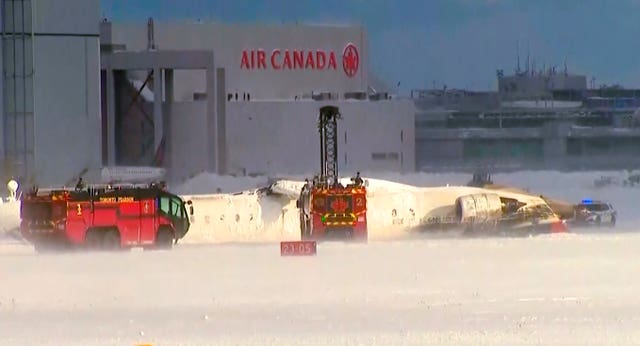
Mr Cox, who flew for US Air for 25 years and has worked on National Transportation Safety Board (NTSB) investigations, said the CRJ-900 aircraft is a proven aircraft that has been in service for decades and does a good job of handling inclement weather.
He said: “The weather conditions were windy. The wind was out of the west at 27 to 35 knots, which is about 38 miles an hour (61kph). So it was windy.
“But the airplanes are designed and certified to handle that. The pilots are trained and experienced to handle that.”
Among the questions that need to be answered, Mr Cox said, was why the plane was missing a right wing.
“If one wing is missing, it’s going to have a tendency to roll over,” he said.
“Those are going to be central questions as to what happened to the wing and the flight data recorder and cockpit voice recorder. They will be found, if not today, tomorrow, and the Transportation Safety Board of Canada will read them out and they will have a very good understanding of what actually occurred here.”
The last major crash at Pearson was on August 2 2005, when an Airbus A340 landing from Paris skidded off the runway and burst into flames amid stormy weather. All 309 passengers and crew aboard Air France Flight 358 survived the crash.
The US Federal Aviation Administration said in a statement that the Transportation Safety Board of Canada would head up the investigation and provide any updates.
The NTSB said it is sending a team of US investigators to assist in the Canadian investigation.
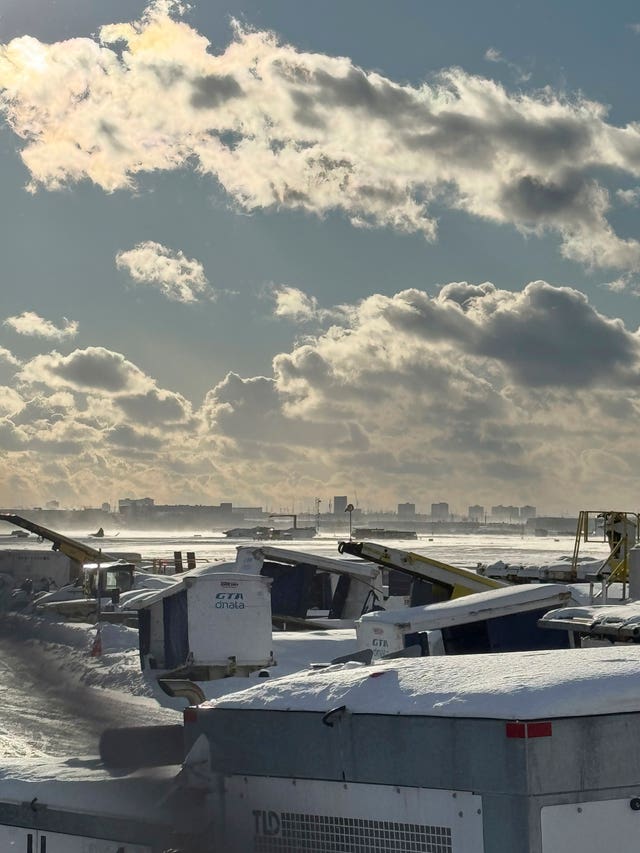
It is at least the fourth major aviation mishap in North America in the past month. A commercial jetliner and an Army helicopter collided near the nation’s capital on January 29, killing 67 people.
A medical transportation plane crashed in Philadelphia on January 31, killing the six people on board and another person on the ground and 10 were killed in a plane crash in Alaska.
Ontario’s Premier Doug Ford said on X he is “relieved there are no casualties after the incident at Toronto Pearson”.
Toronto is the capital of Ontario.
“Provincial officials are in contact with the airport and local authorities and will provide any help that’s needed,” Mr Ford said.
Delta chief Ed Bastian said in a statement that “the hearts of the entire global Delta family are with those affected by today’s incident at Toronto-Pearson International Airport”.
Minnesota Governor Tim Walz said he has been in touch with Delta about the crash.
Endeavor Air, based in Minneapolis, is a subsidiary of Delta Air Lines and the world’s largest operator of CRJ-900 aircraft.
The airline operates 130 regional jets on 700 daily flights to over 126 cities in the US, Canada and the Caribbean, according to the company’s website.
The CRJ-900, a popular regional jet, was developed by Canadian aerospace company Bombardier. It is in the same family of aircraft as the CRJ-700, the type of plane involved in the mid-air collision near Reagan National Airport on January 29.


